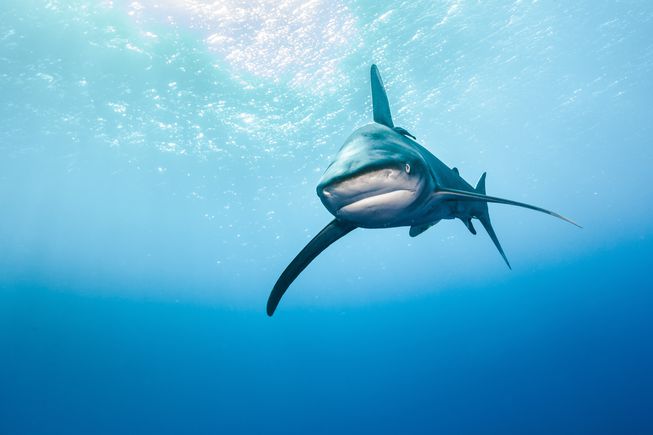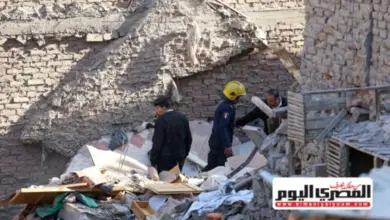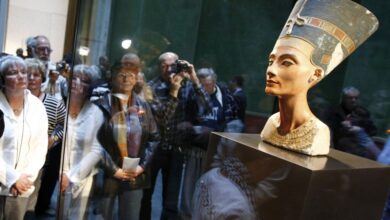
The Emergency and Crisis Management Committee at the National Institute of Oceanography and Fisheries, headed by the Director of the Aquarium Museum in Alexandria Hamdy Omar, conducted a marine survey in the northern Marsa Alam area in Red Sea governorate on Monday, upon orders by the president of the Institute, Abeer Mounir.
The survey was conducted to determine the causes of a recent shark attack on two tourists, which resulted in the death of one and the injury of another.
Omar said that the research team conducted a survey covering roughly 1,000 meters.
He explained that the type of shark was identified by examining the bite that the injured tourist sustained, revealing it to be a Mako shark.
Omar explained that this species is typically not as dangerous as species of sharks, such as Tiger Sharks and Hammerheads.
He pointed out that its habitat is in tropical and hot places and the Indian Ocean. It avoids cold places, grows to around two to three meters and has pointed teeth.
Omar explained that the cause of the death of the first tourist was that he was bitten in a crucial vein in the arm, which caused him to bleed to death.
The research team is preparing a comprehensive technical report on the accident and its causes to be submitted to Mounir, he said, who in turn will submit it to the Minister of Higher Education to take the necessary measures.
He assured that the marine survey, monitoring and follow-up work is continuing to uncover all clues into the causes of the incident.
Mounir also issued instructions to form a specialized scientific team headed by the Director of the Institute’s Red Sea Branch Hashem Madkour, to study the behavior, migration, and movements of sharks in northern Marsa Alam area.
She also issued instructions to the Crisis and Emergency Committee to head to the scene of the incident to conduct a comprehensive survey of the area and submit a detailed report.
Mounir also assigned the head of the Marine Risk Reduction Center, Amr Zakaria Hamouda to conduct a marine survey using ultrasound devices to photograph the extent of marine organism activity in that area.




